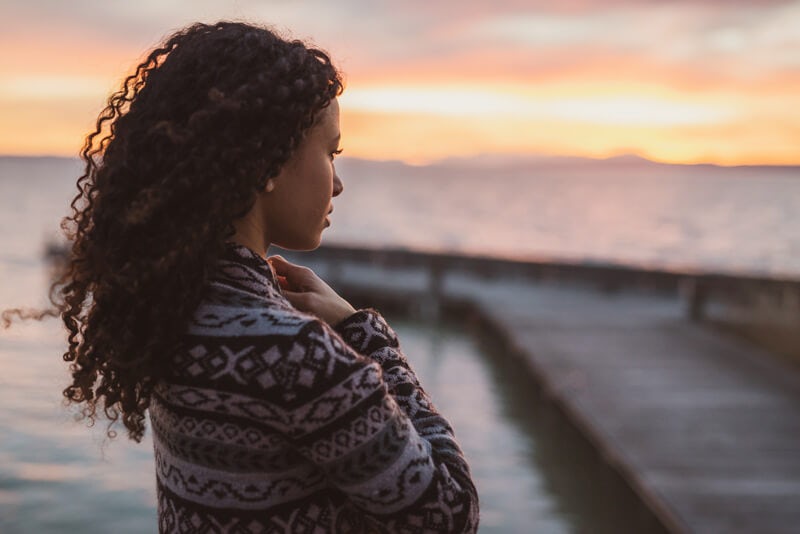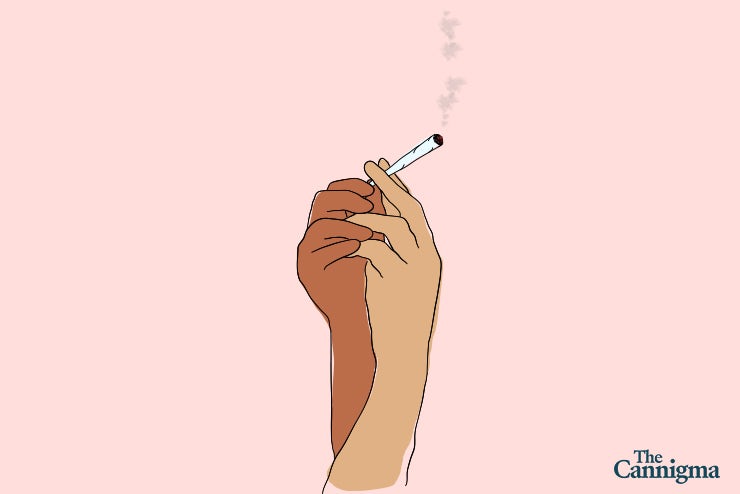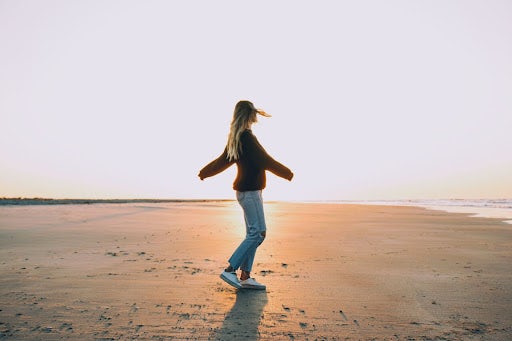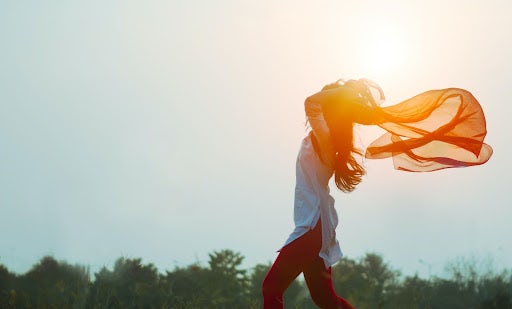So you’re wondering what type of marijuana would be best for depression. As with most marijuana matters there’s no simple answer, cbut by looking at the cannabinoids and terpenes that show promise as antidepressants, you can get a good starting point at least.
Once you’ve learned the essentials about marijuana and depression, it’s important to take a closer look at the right way to choose and use cannabis products, and why strain names and indica vs. sativa classifications are problematic.
Jump straight to the list of best strains for depression
Indica or sativa for depression
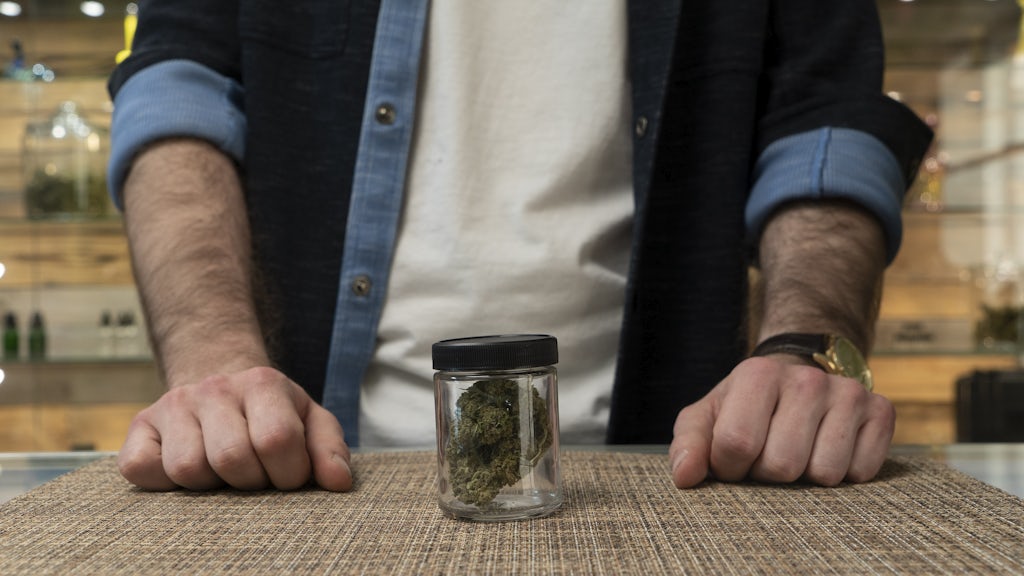
For decades, cannabis subculture has used the terms sativa and indica to describe the effects of the thousands of marijuana varieties available around the world. Indica strains are said to be mellower and more sedative, and sativa strains more energizing, uplifting and stimulating (somewhat like red wine vs Vodka Red Bull).
But this seems to be hearsay rather than evidence-based information. While the scientific literature does acknowledge the distinction from a botanical perspective — indica being shorter bush-like with wide leaves, and sativa being taller, narrow leafed and less dense — what influences effects has more to do with ingredients (e.g. cannabinoids and terpenes), and research has never really found a clear chemical distinction between indica and sativa.
Rather than asking if you should choose sativa or indica for depression, your best bet is actually to look at the ingredients in the marijuana products you’re choosing from.
How to choose cannabis for depression
Broadly speaking, there are three types of marijuna strains, or more accurately, chemovars (chemical varieties):
- Type I- High THC – Low CBD
- Type II- Balanced (roughly 1:1) THC-CBD ratio
- Type III- High CBD – low THC
Types II and III are less common than Type I, which is often preferred by recreational consumers. Since CBD may counteract some of THC’s side effects, and make dosing THC easier, Types II and III are often prefered by medical practitioners and patients alike. They might also help mitigate the biphasic effect of THC, where low doses could help depression and anxiety and higher doses could actually trigger these effects. By consuming Type II cannabis, users may experience less anxiety compared to Type I, but maintain the therapeutic benefits of THC. Specifically when it comes to depression, Type III could be of particular benefit as there is evidence for CBD’s potential as an antidepressant.
Best terpenes for depression
The next step is to look at terpenes and other cannabinoids. According to the entourage effect theory, these compounds could potentiate some of the therapeutic effects of THC and CBD. So when choosing strains for depression, look for those that contain cannabinoids and terpenes which show potential as antidepressants. These include the cannabinoid CBD and the terpenes linalool, pinene, limonene and Beta-caryophyllene (BCP).
- A 2015 study suggested that “linalool and Beta-pinene produce an antidepressant-like effect.”
- A 2019 study stated that “limonene possessed an antidepressant effect in CUMS (chronic unpredictable mild stress) mice,” and there is also some preliminary evidence in humans to support this.
- According to a 2020 research, “BCP may be effective in treating depression and stress related mental illnesses.”
Cannabis strains often have one dominant terpene with concentrations above 1% and a few more with more modest concentrations between 0.1 and 1%, or a few (often two to five) terpenes in modest concentrations of 0.1% to 1%. That being said, terpenes are considered as being of pharmacological interest at concentrations above 0.05%, so it makes sense to see much lower numbers compared to the concentrations of THC or CBD.
In any case, it’s important to note that strain names are tricky — they can give you an estimation of what you might encounter in a dispensary, but since there’s no standard or trademark for strain names, anyone can basically grow anything and call it whatever they want. Moreover, even the same strain grown under different conditions can yield different cannabinoid and terpene contents.

The Cannigma strain reviews give averages of cannabinoids and terpenes from test results of strains that have the same name. But what’s really going to affect your experience is the ingredients in the products you get and how you consume them. The following list can help you narrow down the options, but in general you’re going to be best off starting with Type II or III cannabis strains, preferably high in limonene, pinene, BCP or linalool.
It should be noted that there are limitations when it comes to marijuana treatment for depression. The vast majority of research about terpenes and depression is preliminary and based on animal models. Existing research about marijuana and depression is preliminary and somewhat conflicting. While the studies referenced show promise in using cannabis to treat acute depression, there are no high-quality studies examining whether medical cannabis use can improve depression over time. Excessive cannabis use, especially Type I cannabis, may actually worsen symptoms.
Before starting treatment you should consult a health practitioner specializing in cannabis treatment.
Best strains for depression
The marijuana strains that we identified as likely to contain high concentrations of CBD, along with limonene, pinene, linalool and BCP, include:
- Ringo’s Gift
Rarer than most Type II and III strains, this chemovar is often very high in CBD, low in THC, and can contain modest amounts of CBG, along with limonene, BCP and pinene.
- ACDC
This strain carries a similar profile to Ringo’s Gift — unsurprising given that it was used to breed this strain — with around 11% CBD and 1.5% THC. It’s also high in myrcene (though not an antidepressant, it showed to be beneficial for anxiety, a closely related condition), pinene, BCP and limonene.
- Harlequin
An award-winning Type II strain, Harlequin has an average of 6.4% CBD and 9% THC, and is high in myrcene, BCP and pinene.
- Canna Tsu
An offspring of Cannatonic and Harle-Tsu, this Type III strain can be high in CBD (7.1%), low in THC (2%), and often high in myrcene and BCP.
- Pennywise
A nicely balanced Type II strain (9.3% CBD and 9.7% THC), Pennywise can be high in myrcene, BCP and pienene.
- Cannatonic
This popular Type III variety is said to have once tested at 22% CBD (but that’s rare) and often has a THC concentration of about 2%. It can be high in myrcene, pinene and BCP.
- Harmony Rose
This lesser-known Type II strain (6.5% THC:7.5 CBD) is often high in the floral ocimene, and with myrcene, limonene and BCP.
- Sour Tsunami
Bred by the same growers as Ringo’s Gift, this Type III can be high in myrcene, terpinolene, BCP and humulene.
Sign up for bi-weekly updates, packed full of cannabis education, recipes, and tips. Your inbox will love it.

 Shop
Shop Support
Support
